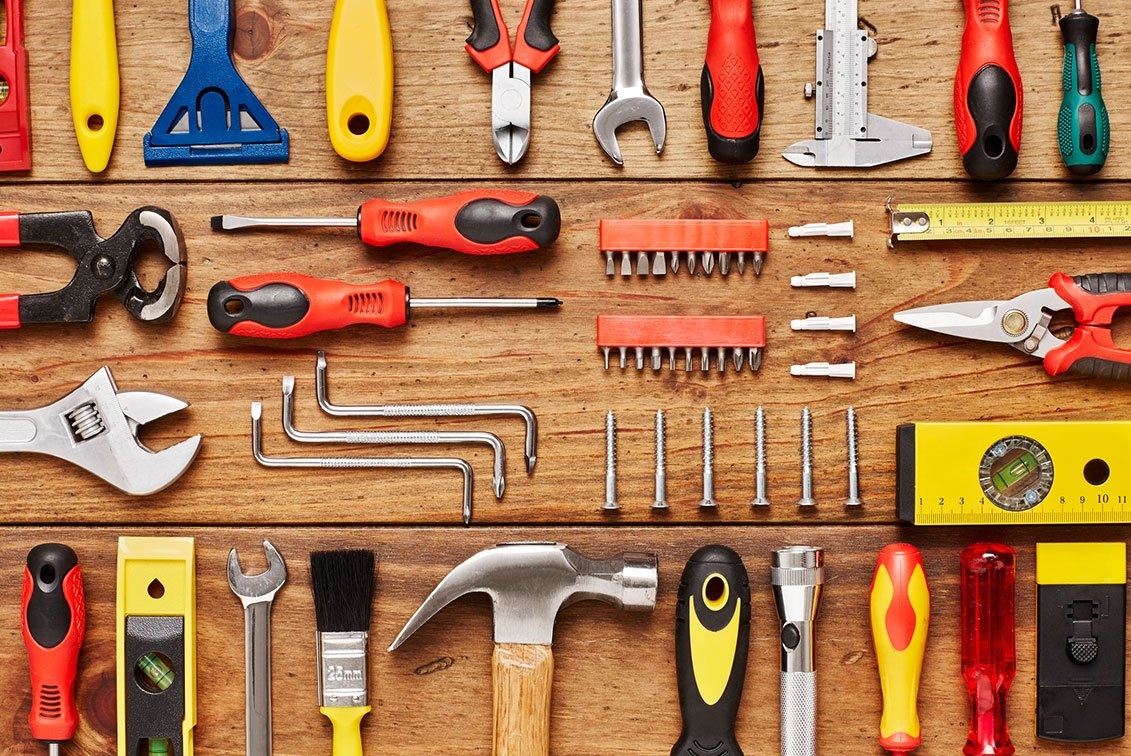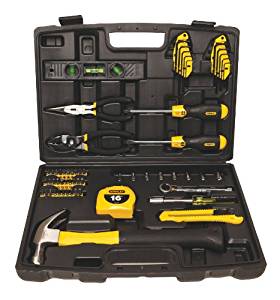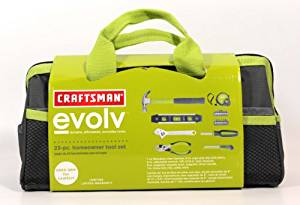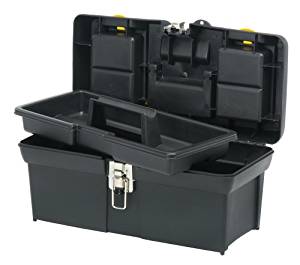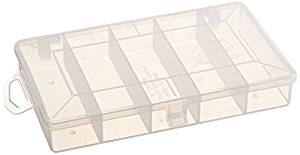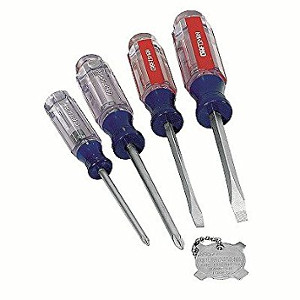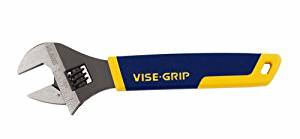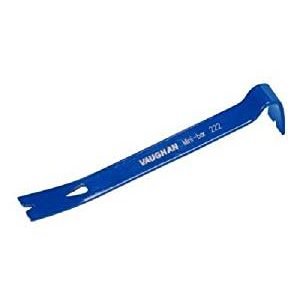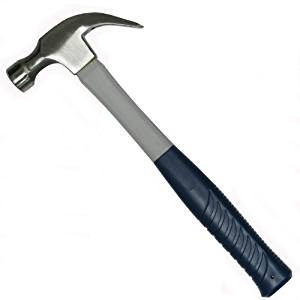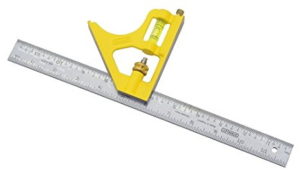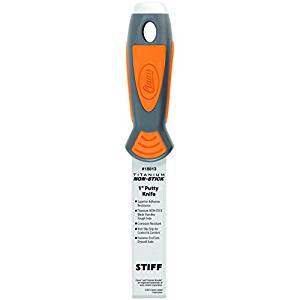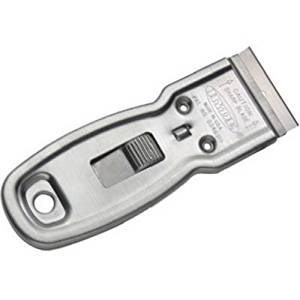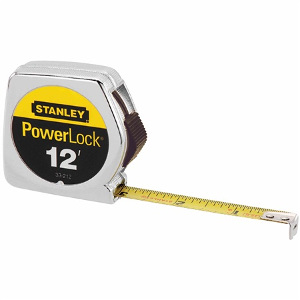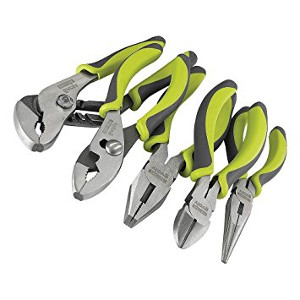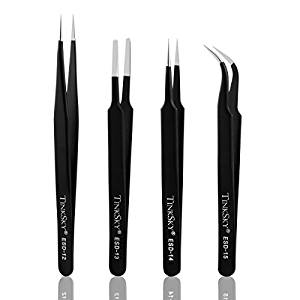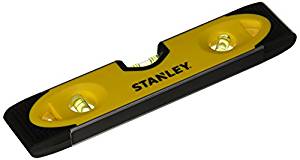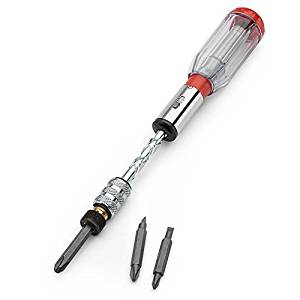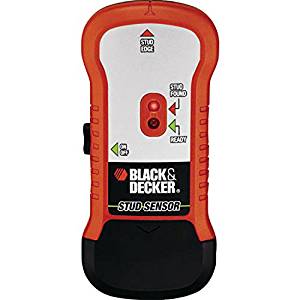
Probably the last thing many of us think about when buying a new vacuum is the warranty, but it's important to address upfront, before you purchase. It can be a very rocky road full of despair when you find out, too late, that the warranty you thought you had doesn’t exist.
In this article, I will explain what to look for in a vacuum warranty and some of the pitfalls to avoid. While this article is about vacuum cleaners, the points covered apply to most any product you purchase.
What Is a Manufacturer's Warranty?
Simply put, a warranty is a guarantee from the manufacturer that their product will be free of defect, or failure, for a specified amount of time. It will also outline the coverage they will provide, such as duration of the warranty, repair parts, repair labor, or replacement parameters.
Vacuum cleaners tend to have a limited warranty, which may affect the duration of coverage depending on where you purchased the unit, such as manufacturer direct vs. local dealer. It will outline use constraints, such as, “for indoor, home use only”. Or, it may exempt certain components, such as consumables, things like bags, belts, or filters.

So, you’ve got your new pride and joy home, used it a few times, now for some reason the brush roll is not working. Like the good consumer you are, you dig into your owner’s manual and run through the checklist to no avail. Not to be outdone, you call the customer service hotline, because, “maybe they have a better checklist,” you think to yourself. Strike two! Vacuum still not working.
The next likely step is that you tell the customer service representative that you’d like to exercise the vacuum warranty. The conversation might go a little something like this . . .
Customer Service: Where did you purchase the vacuum from?
You: Amazon
CS: Yes, very good, but from whom on Amazon?
You: Oh, I don’t know, let me look . . . Joe’s Discount Vacuum Emporium.
CS: I’m sorry, you didn’t buy from us directly, or from an authorized dealer, your warranty is void, (or restricted, or ???).
You: What the !?!?!?!?!
CS: Sorry, company policy. *click* *dial tone drones in your ear*
That would be strike three, and you haven’t even gone down the rabbit hole yet. While this example may sound farcical, it is more fact than fiction.
Case In Point
One vacuum manufacturer, in particular, does everything they can to avoid providing warranty service. Though they talk a good game with their “helpful” responses to bad reviews, it’s another story when you are actually on the phone with customer service. This is far from the only instance of over promise and under delivery of a warranty policy and overall customer service from this manufacturer.

Example of vacuum warranty issues with certain manufacturers.
Other common complaints include:
- The warranty period is different depending on place of purchase.
- Warranty does not cover the most common point of failure.
- No local authorized repair facilities, you pay the shipping charges to send the vacuum back to the manufacturer for analysis, and you pay return freight to get it back. Should they not warranty the repairs, you’re on the hook for those too.
- On the rare occasion warranty replacement components are issued, you have to pay the shipping to get them.
- Repair parts are not available. As an example, it is very common for the switch in the floor head from this vacuum manufacturer to fail, but you don’t get to buy a $3 switch, you get to buy the entire floor head + shipping for about $100. And, yes, this is for a machine that is supposedly under warranty.
Granted, every manufacturer has at least a few bad reviews, but when you look at the nature and frequency of the complaints, patterns emerge. When I’m buying a new product for myself, I don’t even look at 4 and 5 star reviews, happy customers don’t tell me where the faults are with the product or company. I want the 1 and 2 star reviews, this is where the weaknesses of the machine and manufacturer are borne out.
Fortunately, life doesn’t need to be all doom and gloom. Here are a few tips to help protect yourself.
Know Your Brands
Reputable manufacturers go out of their way to keep their customers happy and loyal, they don’t want to lose your business, or get bad reviews.
Reputable manufacturers generally have local authorized dealers or repair facilities that you can utilize for your warranty needs. You don’t have to read too many Amazon reviews to get a feel for how you will be treated after the sale.
Know Your Retailer
In addition to knowing the manufacturer, you also need to know who you are buying from, are they an authorized dealer for the product you are buying? This is especially true when it comes to Amazon. Amazon is both an online retailer, selling products for themselves, and a storefront for others, used by manufacturers, businesses, and private sellers.
This means that most of the time you are not actually purchasing from Amazon itself. So who are you purchasing from? Unfortunately, there is no definitive answer here, and that is an issue when buying from an authorized dealer is a stipulation of the warranty. Therefore, a call to the manufacturer’s customer service hotline is in order. Ask them if the seller you want to buy from is among their authorized sellers.
Proof Of Purchase
Keep your receipts, credit card statement, shipping label, etc., anything that proves that you are the original owner. You can staple these items inside the back or your owner’s manual for safe keeping. It’s also not a bad idea to write the model and serial numbers in the owner’s manual as well, just to have them handy.
If you’ve got the storage space, save the original packaging and shipping materials for the duration of the warranty. By doing so, you will know that the vacuum will be safe and secure for its return voyage if a warranty claim is ever filed.
For the OCD inclined, write the warranty expiration date on the saved packaging to know when it can be re-purposed or recycled.
Register Your Warranty
There will be documentation within the packaging that includes a product registration card. Fill it out and send it in, or, go to the manufacturer’s website to register your product electronically. This is particularly important if you received the item as a gift and don’t have any proof of purchase.
The only way to be sure how a manufacturer is going to honor their vacuum warranty is to call them directly. Ask the following questions:
- Does buying from Amazon, or any other retailer, affect your warranty, if so, how?
- What is the specific warranty on the product you are choosing, and what are the restrictions?
- How do you make a warranty claim?
What Is Your Recourse, Should The Manufacturer Not Want To Honor Their Warranty?
Well, you’re fairly limited here, depending on how much time has passed. First option will be to return the vacuum cleaner to the place of purchase.
Assuming you purchased online, you will have to consult the retailer's returns policy webpage. In the case of Amazon, within their 30-day return policy period they will email you a return shipping label that you simply print out and tape to the package. Amazon will then refund your account when they receive the item back.
Local purchases are much easier, since most retailers have a pretty generous return policy, especially if you purchased an extended warranty. They’ll take the vacuum back, or exchange it, with virtually no questions asked.
These days, it’s tough for brick and mortars to compete against online retailers, so they tend to be a bit more forgiving in their policies, putting a larger emphasis on customer service. If the local retailer also has a web presence, often times they will allow purchases from their website to be returned at local stores.
In Conclusion
As you can see, things can get complicated with warranties, but they don't have to. Take a few of the precautions mentioned above and you can enjoy your new purchases worry free.
What's your experience been with vacuum warranties? I'd love to hear about it. Whether it's a shout out to those companies with exemplary service, or warnings of shady practices, drop me a quick note in the comments section below.
And, please, share this article if you found it useful. I'd really appreciate it.
